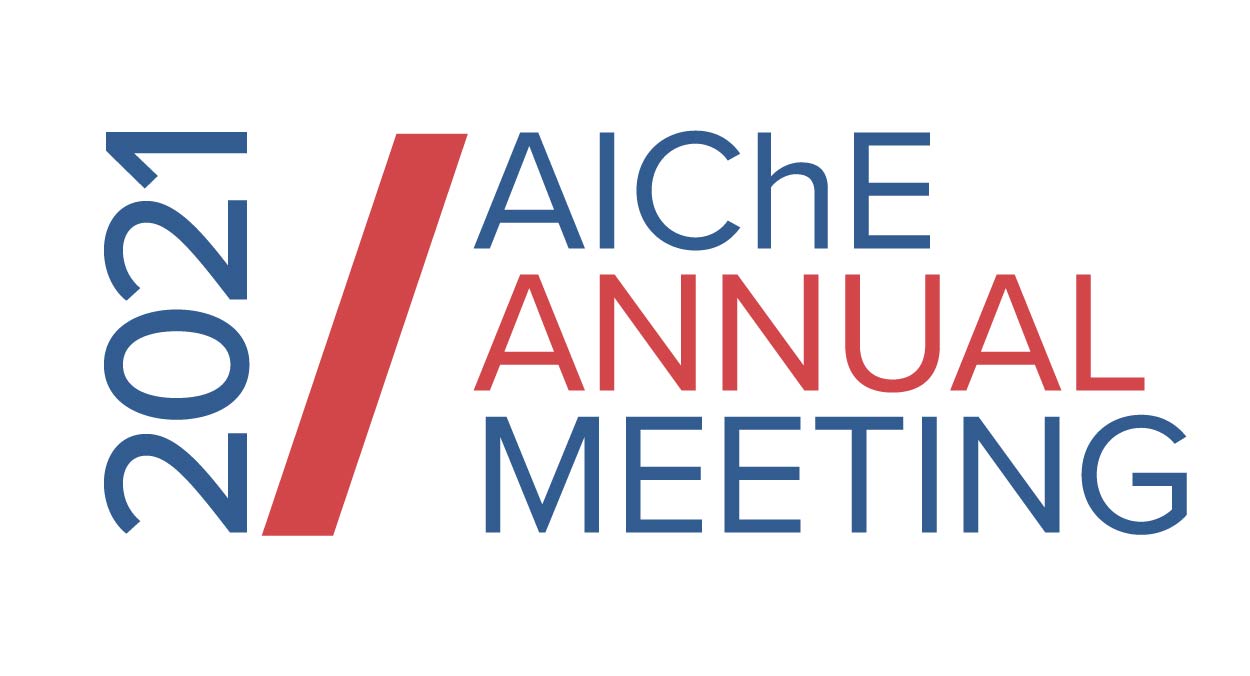

We demonstrate that ammonia and benzaldehyde react under a reductive potential to form benzylamine. This reaction proceeds through an inner-sphere mechanism that is catalyst dependent, in contrast to previous research on outer-sphere formation of amines. The inner-sphere pathway opens up a large phase space of catalysts to control reactivity and selectivity. We find that the partial currents across metals range from 0.5 mA/cm2 to over 3 mA/cm2 and Faradaic efficiencies from below 5% to above 75%. The reactivity as a function of catalyst is well-described by the charge density profile above the catalyst, a surface property analogous to an atomic radius and dependent only on the catalyst material. We also interrogated the mechanism for this reaction on a silver foil catalyst, one of the most active and selective catalysts, and find that the first electron transfer to benzylimine is the rate-determining step. Our work on this system opens the door to using electrochemical reductive amination as a tool for forming carbon-nitrogen bonds.
